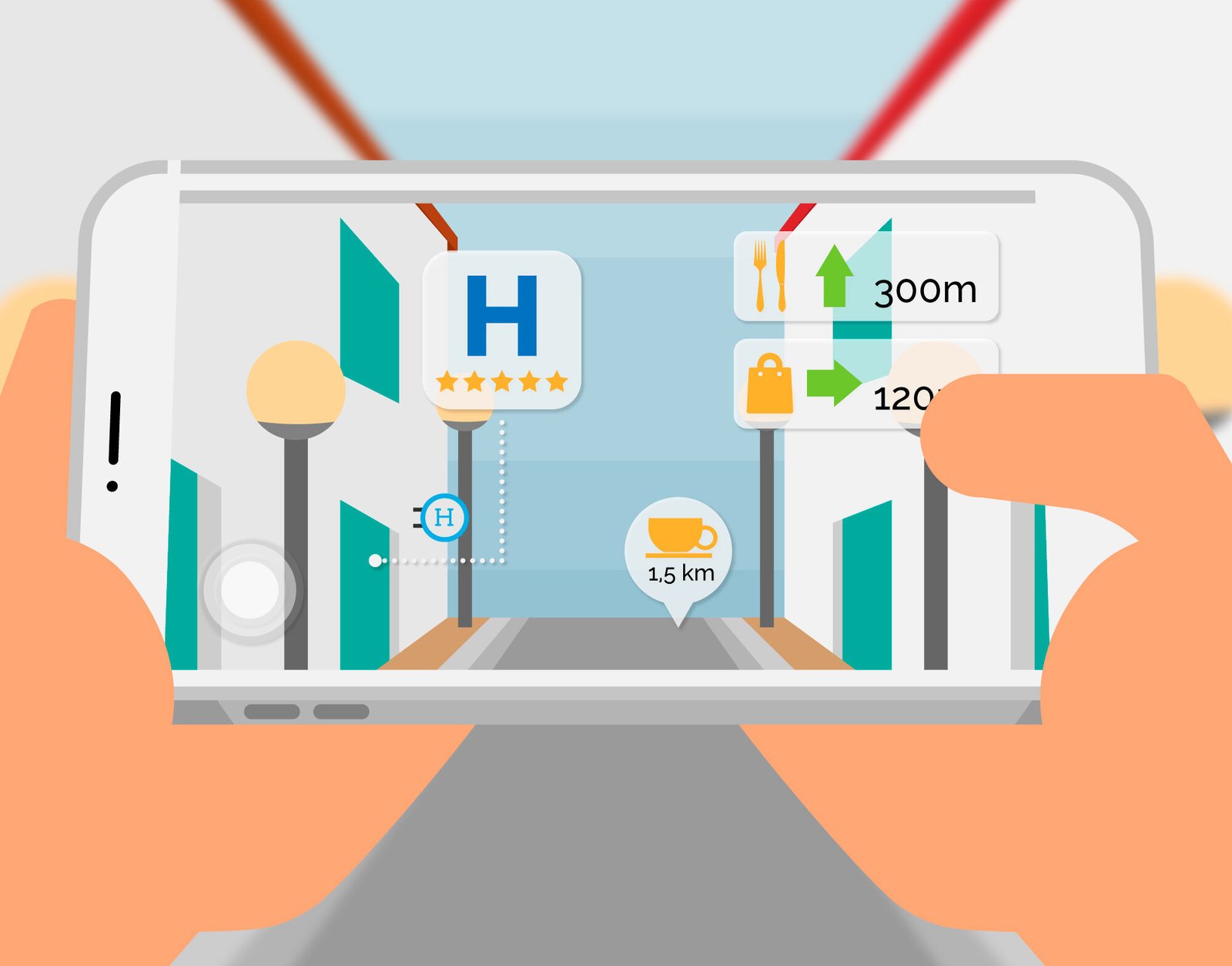AR on social media started as simple face filters and fun effects. Instagram jumped into AR in 2016 with its own filters to boost the storytelling experience. The technology grew faster from these basic beginnings, as platforms developed more advanced AR features.
Instagram made a breakthrough in 2019 with Spark AR Studio, which opened filter creation to developers and creators who could design their own AR experiences. This change turned AR from platform-controlled features into marketing tools that brands could own.
AR applications grew dramatically after that. Simple face filters became complete marketing tools that delivered immersive brand experiences. Research shows AR holds attention for about 75 seconds—much longer than traditional ads.
The COVID-19 pandemic sped up AR adoption, as brands looked for new ways to stay connected with customers during lockdowns. Maybelline Thailand’s #SpreadGoodVibes campaign shows how brands used AR to keep customers engaged when face-to-face interactions weren’t possible.
AR in social media marketing has now moved past the testing phase to become a key factor in innovative marketing strategies. Mobile AR brand marketing spending will reach $6.56 billion in 2025—up from $5.51 billion in 2024—as the industry grows faster.



